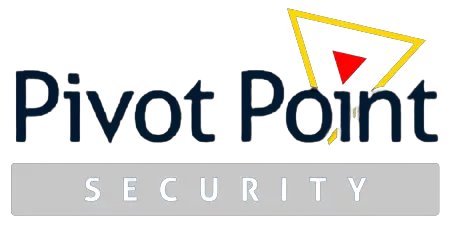Start a Conversation
Have a question? Please fill out the form and we will reply as soon as possible. In this conversation you can anticipate the following:
- Develop a clear picture of your current information security program and how it can evolve to support your business objectives
- Explore near-term, actionable plans to move your program forward
- Discuss strategies to help you prove you are secure and compliant to critical stakeholders
Headquarters
Payment Remittance Address
Post Office Remittance Address
(do not send via FedEx/UPS):
CBIZ RAS
PO Box 950442
St. Louis, MO 63195-0442
Overnight Mail (FedEx / UPS only):
US Bank
CBIZ
SL MO C1LB #950442
1005 Convention Plaza
St. Louis, MO 63101
CBIZ Payment Portal:
Payments can be made online at the following url:
https://cbizfs.aiwyn.ai/client-portal/login
Login page includes link to pay invoices without creating an account and a “help” button for questions or assistance. Credit card payments are accepted.
Electronic Payments:
ACH
Bank of America
1401 Elm St, 2nd Floor
Dallas, Tx 75202
For credit to: CBIZ, Inc.
ACH Routing #: 121-000-358
Account #: 1499805398
WIRE
Bank of America
100 W 33rd St, NY, NY 10001
For credit to: CBIZ, Inc.
Wire Routing #: 026-009-593
Account #: 1499805398
Any questions?
Contact [email protected]





